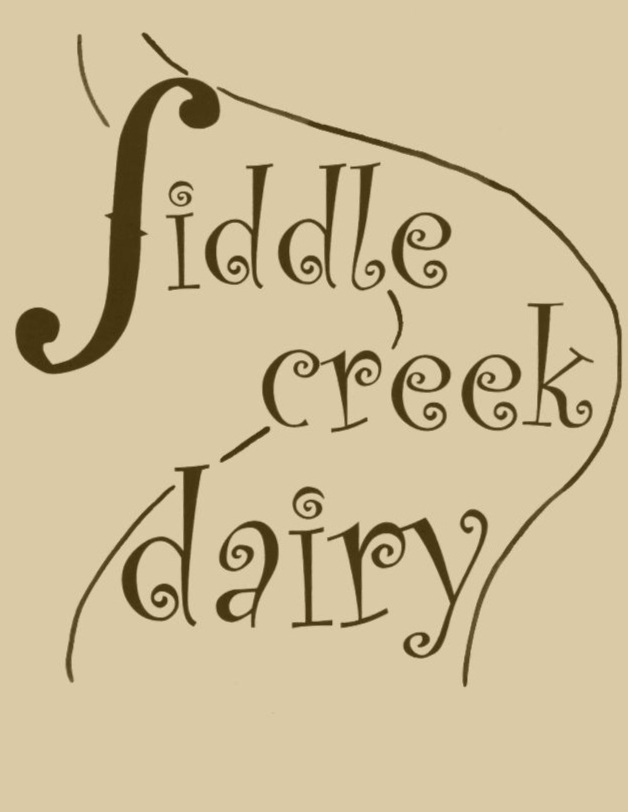Our Story with Silvopasture:
(Silvopasture - Restorative system of integrating trees and pastureland together.)
Three years ago, we implemented a stream buffer along our creek (working with CREP and the Stroud Water Research Center). This means many native trees and shrubs were planted to stabilize and protect the land along the creek. We hired Austin Unruh from Crow and Berry Land Management to do buffer maintenance work. Austin suggested that we may want to consider not just having trees planted along the creek but throughout all the fields. At first Tim and I had the same questions in our minds as most folks do (see FAQ below). Austin continued to educate us about silvopasture little by little, and we began to observe that the grasses in our meadows growing near trees thrived more than anywhere else. We also realized that, being in the Eastern Woodlands, silvopasture is a step towards our natural ecology.
Then 2018 came along, the year of rain. Water pooled in our meadows, nitrogen leached out of our soil, and the grasses stopped growing. It was then we realized that planting trees to stabilize the soil and protect from extreme weather, besides being an interesting idea, may actually be crucial to the continuation of our farm. We became eager for trees to get planted in our fields and told Austin that we would love to host a pilot project, however we did not have any extra time of funds to commit to it. Austin proceeded to find funding through a SARE grant to experiment with some different ypes of tree shelters, Chesapeake Bay Foundation, and PennVest, created design plans with us, and now 4,000 trees are in the process of being planted here on the farm. Two areas have been planted already – we will wait and watch, and plant more in the fall. There is much to learn as we go.
FAQ's
If you are using your fields to graze your cows, won't planting trees create too much shade for the grass to grow well? How can a forest continue to be good grazing land?
Silvopasture is carefully designed with this is mind. Ample sunlight for grass growth is preserved by planting trees that create dappled shade such as Thornless Honey Locust because of their small leaves. Trees are also spaced far enough apart from each other to allow sunlight to come through.
What if you still need access to your fields with equipment for spreading manure, seeding, harvesting hay?
This was a concern we had at the beginning and the reason why we are planting all the trees in straight rows (even though it would be so beautiful to plant them on contour). With measurements for the exact width of the largest machinery we plan to use in the fields, we spaced the rows accordingly, making sure there is turn-around space at the end of each row as well. Despite our careful planning, I'm sure that we'll be learning as we go when we actually spread manure around the trees for the first time. This is, in part, why we are planting the trees in phases.
Why would you do a thing like this? What are the motivations/benefits?
There are layers of benefits. To name a few of the main ones: 1. The cows will have shade and protection from elements in general
2. Habitat for more biodiversity on the farm will be created.
3. The trees promote a more stable environment moderating extreme temperatures and drought, protection during flooding, creating a thriving meadow.
4. Deep nutrients are cycled through the root systems of trees and deposited into the top soil when leaves fall and decompose.
5. We are planting a number of nut and fruit trees that we will be able to eat/sell/process or let pastured pigs eat someday.
6. A number of these trees produce forage that is good for the cows such as the honey locust pods, mulberries and mulberry leaves and willow and poplar leaves.
How do you keep your cows from knocking over the saplings?
Austin has been working on cost-effective, efficient methods for this. The trees are already in tree tubes, so we are wrapping barbed wire around the tube to discourage cows rubbing against them. He has also worked with a small wire cages that go around the tubes.
Resources:
While drawing upon older wisdom, silvopasture is a new “thing” in ecological farming and we are grateful to be at the forefront of this adventure towards deeper restoration.
There are a few resources available about silvopasture at this point including Steve Gabriel’s book, “Silvopasture – a Guide to Managing Grazing Animals, Forage Crops and Trees in a Temperate Farm Ecosystem”.
The Savannah Institute is working to lay the foundation for widespread implementation of all types of agroforestry.
Austin Unruh with Crow and Berry Land Management is an excellent resource and knowing him through our collaboration here at the farm, we highly recommend him to anyone wanting to learn more or get more involved with silvopasture.
